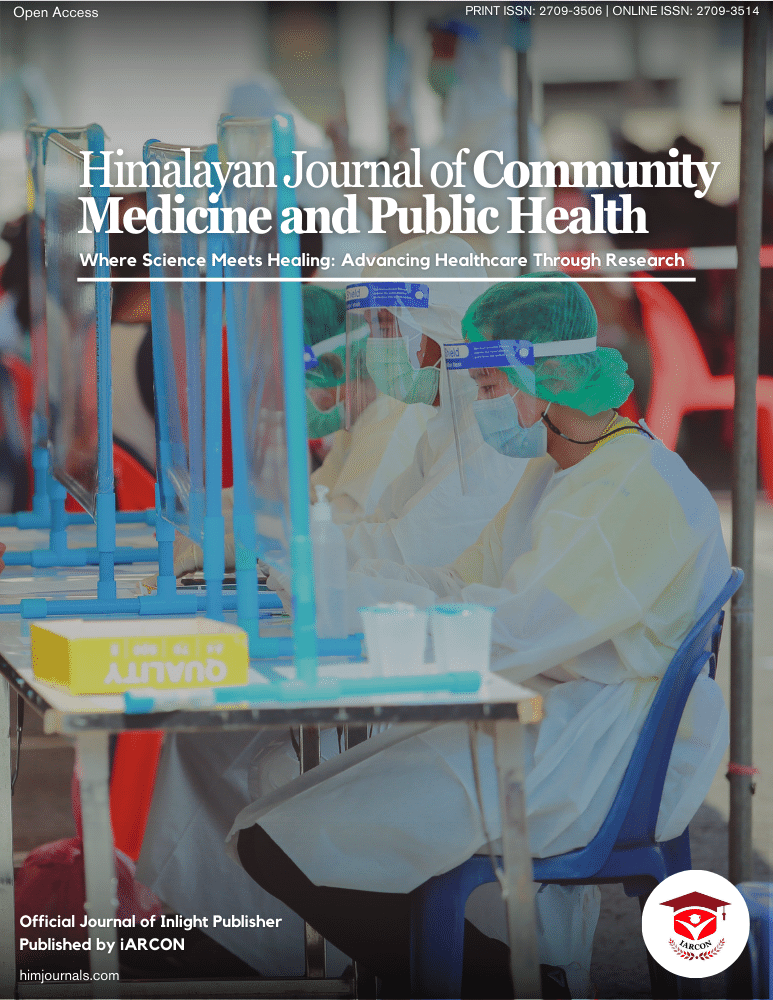The clinical manifestations of malaria vary with age, immunity, epidemiology, and geography. In highly endemic areas, the high- est risk groups include children (age 6–36 months), who can develop severe illness, and pregnant women, who can deliver low birth weight newborns. In geographic regions where malaria is transmitted year round, older children and adults develop partial immunity after repeated infections and are at lower risk for severe disease.
Malarial Fever
Early in the course of clinical malaria, febrile episodes occur at irregular intervals daily. The temperature of non-immune individuals and children may rise above 40°C (104°F) and can be associated with tachycardia, delirium, and febrile convulsions (in children). Later in the course of the infection (if untreated), the rupture of infected RBCs may become synchronized giving rise to febrile paroxysms every other day for P. vivax, P. ovale, and P. falciparum, and every third day for P. malariae.
Uncomplicated Malaria
Uncomplicated malaria can occur with any Plasmodium species. The initial symptoms of malaria are non-specific and may include fever, tachycardia, tachypnoea, chills, malaise, fatigue, diaphoresis, headache, cough, anorexia, nausea, vomiting, abdominal pain, diarrhoea, arthralgias, and myalgias.[8] Laboratory evaluation of uncomplicated malaria may demonstrate parasitaemia (usually < 0.1 per cent parasitized RBCs), anaemia, thrombocytopenia, elevated transaminases, mild coagulopathy, and elevated blood urea nitrogen (BUN) and creatinine.
Complicated/Severe Malaria
Complicated malaria is generally defined as acute malaria with hyperparasitaemia (>5–10 per cent of parasitized RBCs) and/or major signs of organ dysfunction. [9] Many of the clinical findings are the result of the parasitized (and non-parasitized) RBCs adhering to small blood vessels in a process known as cytoadherence. The clinical findings may include altered consciousness (with or without seizures), acute respiratory distress syndrome, circulatory collapse, metabolic acidosis, renal failure, haemoglobinuria (blackwater fever), hepatic failure, coagulopathy (with or without disseminated intravascular coagulation), severe anaemia, massive intravascular haemolysis, and hypoglycaemia.
Cerebral Malaria
Cerebral malaria is an encephalopathy that presents with impaired consciousness, delirium, and/or seizures.[10] Risk factors for cerebral malaria include no malarial immunity, age (young and elderly), pregnancy, poor nutritional status, HIV infection, and history of splenectomy. Cerebral malaria can rapidly progress to coma and death. If untreated, cerebral malaria is almost always fatal; with appropriate treatment mortality is 15–20 per cent. Laboratory evaluation of cerebral spinal fluid (CSF) may be normal or may have a slightly elevated total protein and cell count. Retinal haemorrhages and other ophthalmologic abnormalities may be observed. Survivors of cerebral malaria may have long-term neurological sequelae. This is more common in children than adults and may include hemiplegia, cerebral palsy, cortical blindness, deafness, epilepsy, language deficits, and impaired cognition.
TREATMENT AND MANAGEMENT OF MALARIA
The treatment and management of malaria can be challenging and depends on the species of Plasmodium, the potential resistance, levels of parasitaemia, and clinical status. [11]
Uncomplicated Malaria
Uncomplicated malaria is typically treated with oral medications and does not require hospitalization. However, young children, non-immune adults, and immunosuppressed individuals can deteriorate rapidly and should be followed especially closely.
Uncomplicated P. Falciparum Malaria
Selection of an appropriate treatment for uncomplicated P. falciparum malaria is dependent on drug availability, resistance patterns, and individual patient-specific factors. When possible, uncomplicated P. falciparum malaria should be treated with a combination of two agents to inhibit the development of further antimalarial resistance. Chloroquine is the drug of choice for patients where chloroquine-sensitive P. falciparum can reliably be predicted based on geographic resistance patterns. For chloroquine-resistant P. falciparum malaria first-line treatment consists of one of the following agents: artemisinin derivative combinations, atovaquone/proguanil, quinine (in combination with doxycycline or clindamycin), or mefloquine (in combination with artesunate or doxycycline).
The WHO recommends artemisinin combination therapies (ACTs) as the first-line treatment of uncomplicated falciparum malaria as they are potent against all developmental stages of the asexual forms of malaria, resulting in the most rapid clearance time relative to other agents.
Uncomplicated Non-Falciparum Malaria
The treatment of choice for the erythrocytic forms in uncomplicated non-falciparum malaria is chloroquine as it is well tolerated and highly effective. There are small pockets of chloroquine-resistant P. vivax that can be treated with mefloquine, atovaquone/proguanil, or quinine in combination with doxycycline or clindamycin.
In order to prevent relapse of P. vivax or P. ovale infections, treatment directed at the hypnozoites should be considered. The drug of choice for the clearance of presumed hypnozoites is primaquine. Primaquine can cause severe and potentially fatal haemolysis in individuals with G6PD deficiency. Patients should be screened for G6PD deficiency prior to administration of primaquine. Patients that have G6PD deficiency should be educated about the possibility of relapsing infection. Primaquine is contraindicated in pregnancy.
Complicated and Severe Malaria
Treatment of severe malaria typically requires hospitalization for high-level supportive care and the prompt administration of par- enteral antimalarials. There are two major classes of drugs available for parenteral treatment of severe malaria, the cinchona alkaloids (quinine and quinidine) and the artemisinin derivatives (artesunate, artemether, and artemotil). Intravenous artesunate is the preferred treatment of children, adults, and pregnant women in the second and third trimesters with severe malaria (in areas where artesunate is of reliable quality and is immediately available). Otherwise, intravenous quinine (in combination with doxycycline or clindamycin) is the regimen of choice.

